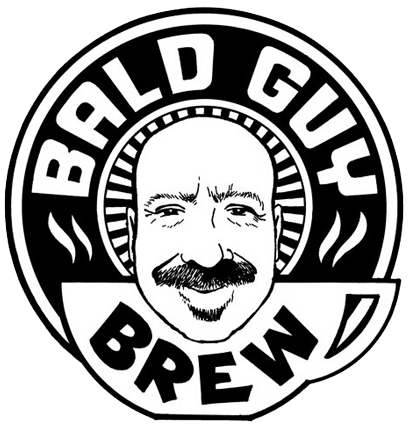Tips and Tricks to Keep Coffee Fresh at Home!
Posted on July 27 2018,

When it comes to fresh coffee, there is only so much we as roasters can do to ensure the quality and integrity of the coffee. For roasters, there is passion and precision in the process of providing high-quality specialty coffee. Once the coffee is roasted and sent to you, the customer, it is up to you to keep this amazing coffee fresh.
Fresh coffee, as a product, has a shelf-life which is generally 8-14 days after being roasted. When you go to the grocery store and pick up 5 pounds of generic coffee, you may not be paying as much for your morning cup. However, what you are paying for could end up being stale, old coffee.
Am I saying that store bought coffee is bad? No.
What I am saying is multiple factors affect the staling of freshly roasted coffee. What are these factors? They are temperature, moisture, and oxygen levels.
Temperature is inversely related to the staling of roasted coffee. Moisture is directly correlated to the staling of roasted coffee. Lastly, oxygen is generally frowned upon for the freshness of roasted coffee. Although it may seem there are multiple factors out to ruin your excellent fresh coffee, there are ways to fight against the staling process and ensure that freshness sticks around for a little longer.
To combat the process of staling, we have to understand how temperature, moisture, and oxygen play a part in preventing the staling. A cooler temperature is associated with a slower process of staling. Lower moisture in or around the coffee bean is associated with a lower rate of staling. Furthermore, an absence of oxygen provides ample time for freshness.
You may ask, “why is it so important to ensure that my fresh coffee stays fresh? Won’t it still taste like coffee?”
The answer to that would be yes.
It will still taste like coffee, and it will always provide you with that much-needed caffeine. The problem arises when we look at the cup quality (fragrance, aroma, flavor, etc.). Your goal is to ensure that your high-quality fresh coffee remains high quality, and it does not lose any of its ‘je ne sais quoi’ (an intangible quality that makes something distinctive).
There was an experiment done by RoastBusters that evaluated the quality of a roasted fresh coffee after a month in an airtight container, a plastic container, and a valve bag. The three different containers then went into three storage areas: the cupboard, refrigerator, and the freezer. To my surprise, the coffee that retained its flavor, aroma, and fragrance to the fullest extent, according to the study was the coffee that had been stored in plastic ware in the freezer (Zollman, Kathi).
Confirming this method of storage, Mr. William, a friend I know through Don (Bald Guy), also stores his fresh coffee in an airtight container in the freezer and only grinding what he needs for a pourover...he swears by it! So, here are my recommendations to you:
1. Buy only what you know you will use within that general shelf-life period.
2. Store your fresh coffee in a plastic ware or an airtight container in the freezer to ensure your fresh coffee.
3. Grind only what you need to make your morning cup.
4. Sip slowly, and enjoy your fresh coffee!

